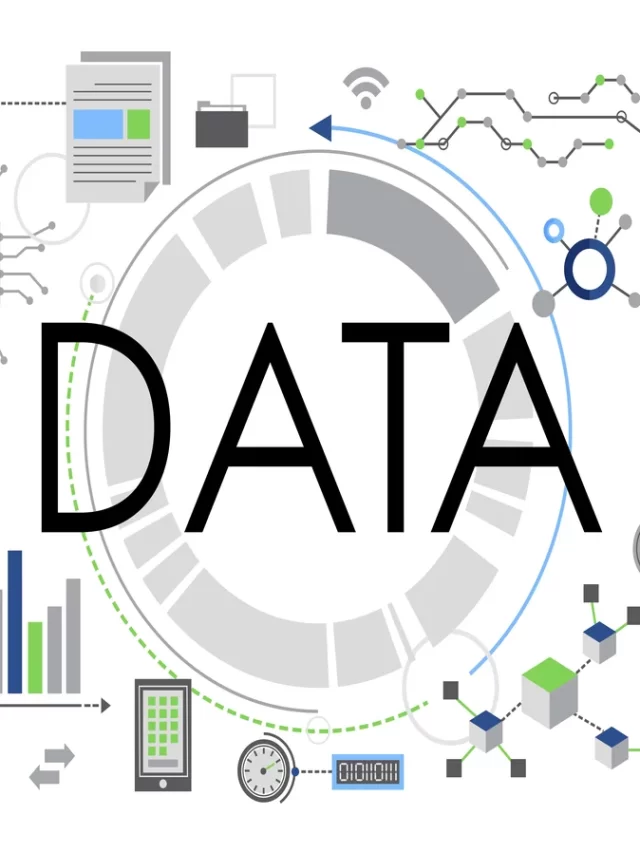First-Party Data: A Guide to Understanding How To Use It?

In the evolving landscape of data-driven marketing, first-party data has emerged as a pivotal asset for businesses aiming to understand, engage, and retain their audience effectively. It comprises information directly obtained from customers or users, providing invaluable insights into their behaviors, preferences, and interactions. Leveraging first-party data strategically can significantly enhance marketing campaigns, personalization efforts, and overall business strategies.
What is First-Party Data?
First-party data refers to information collected by a company directly from its audience or customers through various touchpoints such as websites, mobile apps, CRM systems, surveys, or in-store interactions. This data includes demographic details, browsing history, purchase behavior, feedback, and any other data willingly shared by users. Unlike second or third-party data, which are acquired from external sources, first-party data is inherently reliable, accurate, and specific to a brand’s audience.
Importance of First-Party Data
- Enhanced Personalization: By analyzing first-party data, businesses can gain deeper insights into individual preferences and behaviors, enabling them to personalize experiences. Tailoring content, recommendations, and offers based on this data fosters stronger connections with customers, leading to increased engagement and loyalty.
- Effective Targeting and Segmentation: Understanding the nuances of customer segments becomes more precise with first-party data. Marketers can create highly targeted campaigns that resonate with specific audience segments, driving higher conversion rates and better ROI.
- Improved Customer Understanding: First-party data provides a holistic view of customer journeys. Analyzing this data helps businesses understand pain points, preferences, and areas for improvement, enabling them to refine products or services and deliver a better customer experience.
- Compliance and Trust: With increasing concerns about data privacy, relying on first-party data ensures compliance with regulations while fostering trust. Since customers willingly share this data, its ethical use strengthens the bond between brands and their audience.
Utilizing First-Party Data Effectively
- Data Collection and Centralization: Implement robust data collection mechanisms across all touchpoints. Centralize this data within a secure platform or Customer Data Platform (CDP) to create a unified view of each customer.
- Data Analysis and Insights: Employ analytics tools and techniques to extract meaningful insights from first-party data. Identify patterns, trends, and correlations to make informed decisions regarding marketing strategies and customer engagement.
- Personalization and Customization: Leverage first-party data to personalize communication, product recommendations, and offers. Tailor messaging and experiences according to individual preferences, driving higher engagement and conversions.
- Iterative Refinement: Continuously analyze and refine strategies based on new data insights. A cyclical approach of collecting, analyzing, and implementing insights ensures ongoing optimization of marketing efforts.
Challenges and Future Considerations
While first-party data offers immense value, challenges such as data silos, ensuring data accuracy, and navigating evolving privacy regulations persist. Additionally, as technology evolves, harnessing the potential of artificial intelligence and machine learning in interpreting first-party data will become increasingly crucial for predictive analytics and hyper-personalization.
Key Takeaways
First-party data stands as a cornerstone for businesses aiming to foster meaningful connections with their audience. Its ethical collection, comprehensive analysis, and strategic utilization empower brands to drive successful marketing campaigns, enhance customer experiences, and stay ahead in an increasingly data-driven landscape.







